
Since the inception of art and literature, there have been works produced that have, for one reason or another, been labelled “dangerous”. In this list we attempt to bring together ten diverse films from different eras and places, from the humble beginnings of feature length cinema, right through to the near-present.
Films that have brought controversy, expulsion, political tension, mental trauma and even injury to their audiences, sensors, cast and crew. While some of these films are obviously revolting or difficult to watch, some of them are a little more subtle and require some context and thought to fully appreciate why they were considered “dangerous” in the context of their production and release.
As with any list of ten films, there is no doubt that this list will not please every one. There are of course other dangerous films. The objective here is to bring together a wide cross section and variety of films that have been deemed dangerous for a variety of reasons.
10. Irreversible (2002)
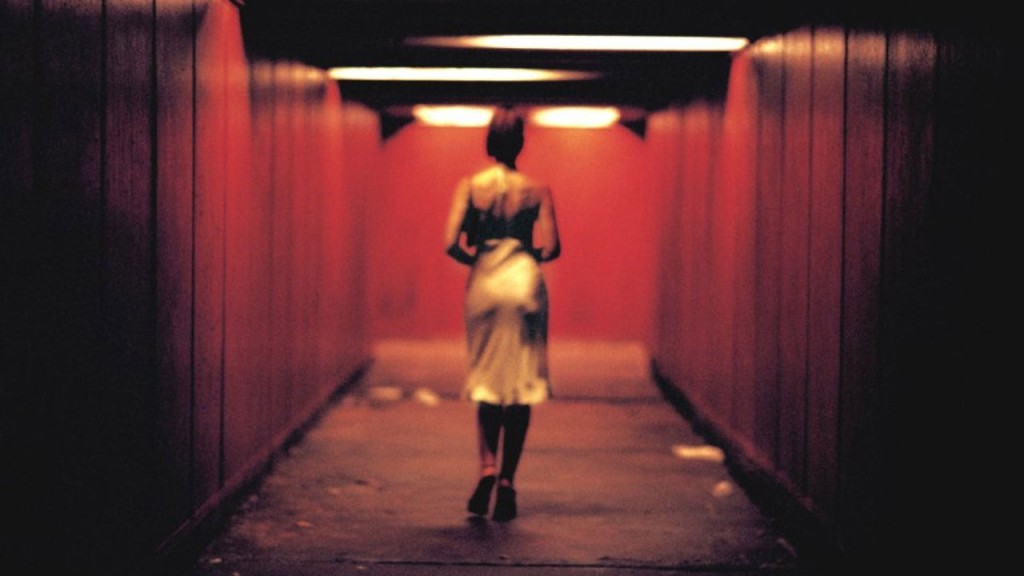
Written and Directed by Argentinian born Gaspar Noé, Irreversible is indeed a dangerous film. From its hideously pretentious cinematography to its pedestrian plot, this film is hard to watch on so many levels. Some of them literally. The film may well give you nausea or a headache from trying to keep up with the non-stop camera movement which weaves, dives and rolls like some kind of deranged bumblebee on an acid trip, stopping only briefly for the “gritty realistic violence” which stands out like dogs balls.
Presumably this “technique” is designed to create a sense of distance from the narrative so that the violence will resonate more strongly for the audience. It is also, possibly just a very bad decision. In any case, the camera barely stops moving, twisting, whipping around and generally making itself the centre of attention and only comes to rest during the most gruelling, long and painful sequences.
By this point one becomes conflicted as to whether one would prefer to return to the hurricane of disjointed cinema or continue with this new form of cruel and unusual torture. Despite the violence, the settled camera is more of a relief.
Noted for its ten minute long rape scene, shot in real time and in one take, Irreversible begins with an opening credit sequence which one quickly realizes is made up of alphabetical characters that have been manipulated so that they are in fact (drum roll please) Irreversible. So very clever. So very deep. So very meaningful.
Despite all the pretension, this rather puerile attempt at filmmaking remarkably won the Stockholm International Film Festival’s best film award in 2002 and competed in the Cannes Film Festival. Associated with the modern French film movement known as the cinéma du corps (Cinema of the Body) whose avant-garde aesthetics include “illegible cinematography”, Irreversible is certainly a powerful contender. If “illegible cinematography” is the primary requirement for entry into this exclusive film movement, then this French film has it in spades and its director could well be the poster boy.
How dangerous is this film? Besides the camera work setting off your motion sickness and gag reflex, the violence is indeed unpleasant and somewhat realistic. Is the film likely to cause you to set off on acts of perversion and violence? Probably less so than most standard genre films would. At least the violence has consequences here. Is it politically dangerous? Not especially. Besides, this film has one built in failsafe to protect the unsuspecting audience who would otherwise fall prey to its insidious mind control.
9. Roar (1981)
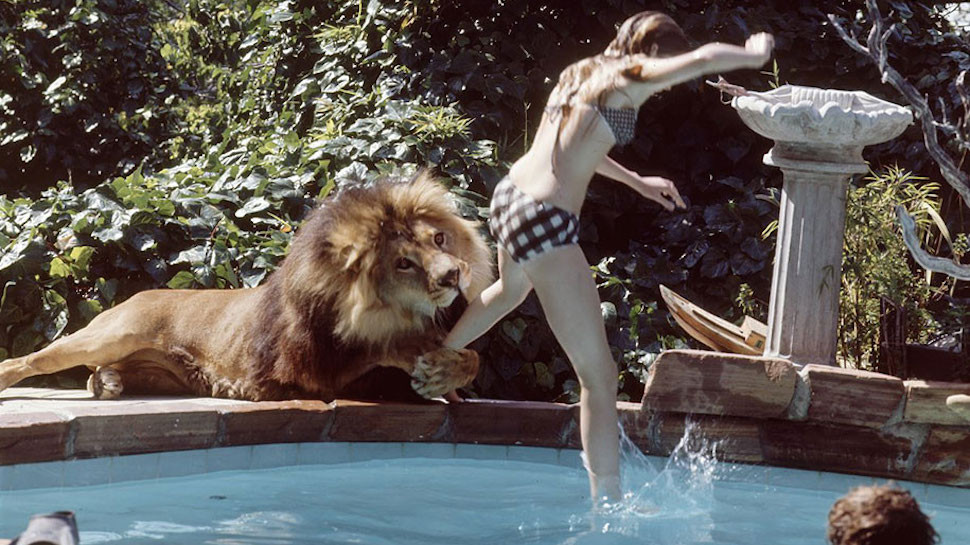
Directed by Noel Marshall and starring (among others) his daughter, a young Melanie Griffith, Roar (1981) was dubbed the “Snuff version of the Swiss Family Robinson” by its distributor, Drafthouse Films. If by” dangerous” one considers life threatening injury to members of the cast and crew, then Roar is literally the most dangerous film on this list.
Known for its subpar story being absurdly juxtaposed with its authentic action scenes, it is essentially an adventure film about a family who is violently attacked by a plethora of wild animals on a wild life park. Most notably, during the making of this film, no less than seventy injuries were sustained on set over the gruelling eleven years shoot under the tyrannical leadership of Noel Marshall who reportedly showed little sympathy for injuries and purportedly left the camera rolling even after many of the attacks began.
Injuries to cast and crew ranged from bone fractures to gangrene and at one point, the Dutch Cinematographer Jan de Bont (during his first Hollywood experience) was actually scalped by a lion and required 120 stitches in hospital.
Controversially many of these injuries actually made the final cut and appear on screen as they happened. While no animals were harmed during the making of the film, a fact touted by the distributor, three lions were in fact shot dead by local law enforcement after they escaped the Californian wildlife preserve during a flood which occurred during the epic shoot.
Whether the film can be considered dangerous for any other reason that the combined tenacity and ineptitude of its creators, it is hard to say. Released in Europe in 1981, the film was a financial failure, making back only two million of its seventeen million dollar budget. It is, however, now considered by film scholars, to be one of the most dangerous films in history.
8. Fight Club (1999)
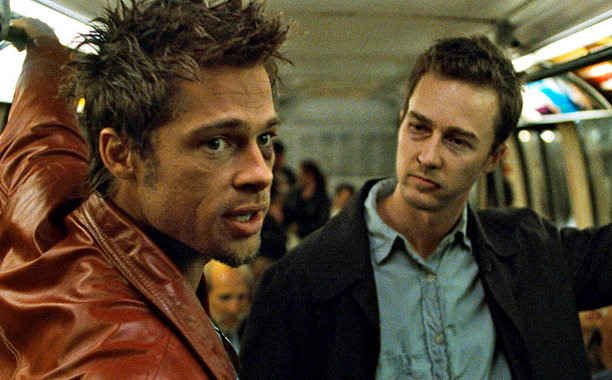
Adapted from the 1996 novel, Fight Club, by Chuck Palahniuk, David Fincher’s movie, starring Edward Norton, Brad Pitt and Helena Bonham Carter hit cinemas at the end of the last millennium and, while polarized by critics, failed to live up to the studio’s financial expectations. Despite these setbacks, it wasn’t long before the film gained traction with audiences and earned itself a cult following, eventually becoming known as one of the greatest films of the decade. In this respect it has been copied and mimicked relentlessly in movies and more recently TV shows (such as Mr Robot) ever since.
Using a series of post-modern devices, including subliminal flash-cuts, subversive editing techniques, self-referential cinematography and even self-reflexive dialogue, Fight Club is on one level a psychological thriller and action film, while on another, an existential art film that not only admits it is a film, but is aware of the irony of its own existence as part of the media culture it ostensibly seeks to confront.
It is a commentary on capitalism, materialism, mass media culture and the state of modern masculinity in an age of globalisation, corporatisation, 3rd wave feminism, political correctness and the dehumanisation these movements entail. Ultimately, Fight Club is a film about authenticity and anarchism. For these reasons the establishment will always consider it dangerous.
Upon deeper consideration, the film becomes even more dangerous, perhaps even insidious when one realizes that its anti-establishment message is writ large in the language and tropes of the corporate media’s propaganda machine. Its plot appears to be external, but this is an illusion in the end. The “external” conflict and mystery appeals to the mainstream, male audience, flattering the ego of the viewer who can work out what is going on.
While denouncing capitalism and materialism, it simultaneously glorifies violence and self-destruction as if these were the answers to our society’s woes. Some might say these are the unpleasant facts that lead us to a more authentic engagement with our lives and with reality. But the irony of listening to Brad Pitt–himself a multi-millionaire and movie star–announcing to his sycophants “We were told we would all be rock gods and movie stars” is just a little bit on the nose.
Whatever you think of the messages and complex themes of Fight Club, it is hard to dismiss its technical artistry. Make no mistake, Fight Club is a masterwork. One is advised to apply one’s critical senses to every level of its tapestry.
7. Clockwork Orange (1971)
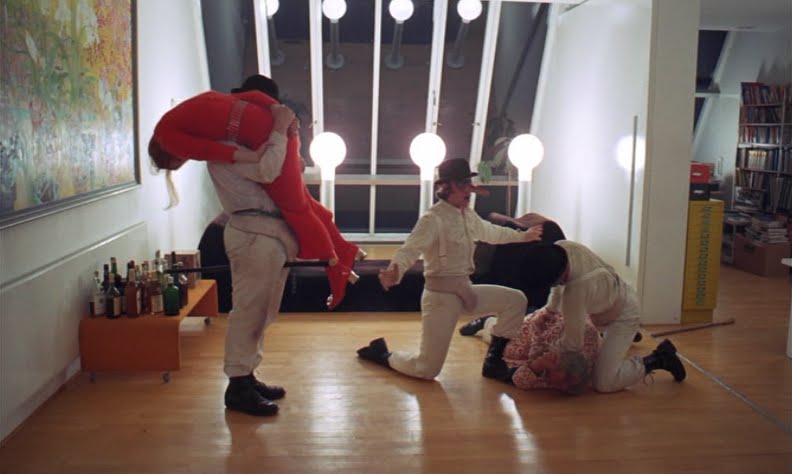
Based upon the dystopian book of the same name, A Clockwork Orange (1971) is among the most controversial films of its time and perhaps even, all time. Tame by modern standards, the film was given an X rating by the British censor and labelled subversive by its detractors while simultaneously being recognized as “…an important social document of outstanding brilliance and quality” by the Chairman of The British Board of Film Classification.
Directed by that most famous auteur, Stanley Kubrick, Clockwork Orange is a carefully and well crafted examination of free will, and the ethics of social conditioning. Focusing on Malcolm McDowell’s character, Alex, and his gang of Droogs (as he calls them in Nadsat, the fictional language of the story world), the film begins by following them as they go about an ultra-violent crime spree ending in Alex’s capture.
The genius of this film is in the reversal of sympathy which occurs when Alex goes into custody. This shifts the audiences’ perspective from seeing Alex purely as a psychotic antisocial antagonist, to a victim at the hands of the state. Now, as Alex is cruelly reconditioned by the system to become an upstanding citizen, audiences are forced to consider the question of nature versus nurture and made to wonder if the end justifies the means.
When Alex is finally released, his free will and personal responsibility are brought into question. Then, when he returns to his old ways at the conclusion of the film, audiences are left to feel emotionally conflicted about their desire to see Alex take his revenge. The film is savage, brutal and clever and will leave you thinking about it for days, if not a lifetime.
But, in the case of Clockwork Orange, it is not just the ideas which are presented that can be considered dangerous. After receiving death threats while shooting his next film, Stanley Kubrick was eventually persuaded to ban Clockwork Orange from screening in England at his own volition as at least two copycat crimes were directly attributed to the film in its aftermath.
Firstly, in 1973, the rape of a dutch girl in Lancashire involved a perpetrator who was noted for humming “Singing in the Rain” throughout the assault—mimicking Alex from the film—and secondly, a young man committed another assault wearing a bowler hat, white overalls and combat boots, dressed as Alex from the movie. To this day there has been an ongoing litany of crimes that were either directly inspired by, attributed to, or compared to, A Clockwork Orange.
6. Battle of Algiers (1966)
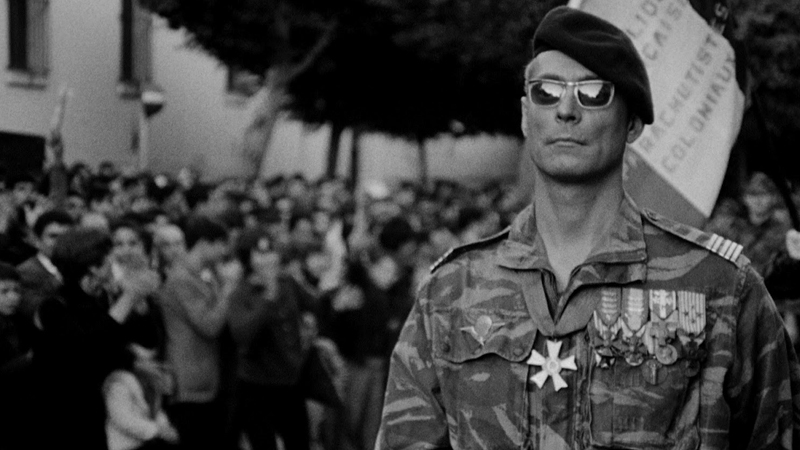
Directed by Pisa born, Italian Neorealist film director Gillo Pontecorvo, a close personal friend of the Italian President at the time, Battle of Algiers (1966) is an especially dangerous film. Most especially if you are a dictator, a colonial power, or any kind of oligarch seeking to impose rule over a nation or culture while flaunting your wealth and power.
Shot on location and with a film score by none other than Ennio Morricone, The Battle of Algiers, while now a bit dated (and intentionally shot in black and white to look like old news footage) is the story of the struggle of the local Islamic population of Algiers against their colonial French oppressors, focusing on the years from 1954 to 1957.
While the story is told in a standard feature film narrative, with characters and dialogue driving the plot along with a series of escalating inciting incidents, this film is a veritable step by step guide to how to fight a guerilla war, enact your own revolution and what kind of dirty tricks and criminal actions to expect from the enemy oppressors.
Winning the Golden Lion at the Venice Film Festival in 1966, The Battle of Algiers is essential viewing for anyone who wishes to educate themselves on guerrilla warfare and revolutionary tactics. Because of this, and the portrayal of France in the movie as an oppressive and criminal colonial power, the film was banned in that country for five years, eventually being released in 1971.
Besides all the socio-political controversy already attached to the film, it is now, in this post 9/11 world, no doubt considered all the more dangerous if only for the fact that its protagonists are Islamic.